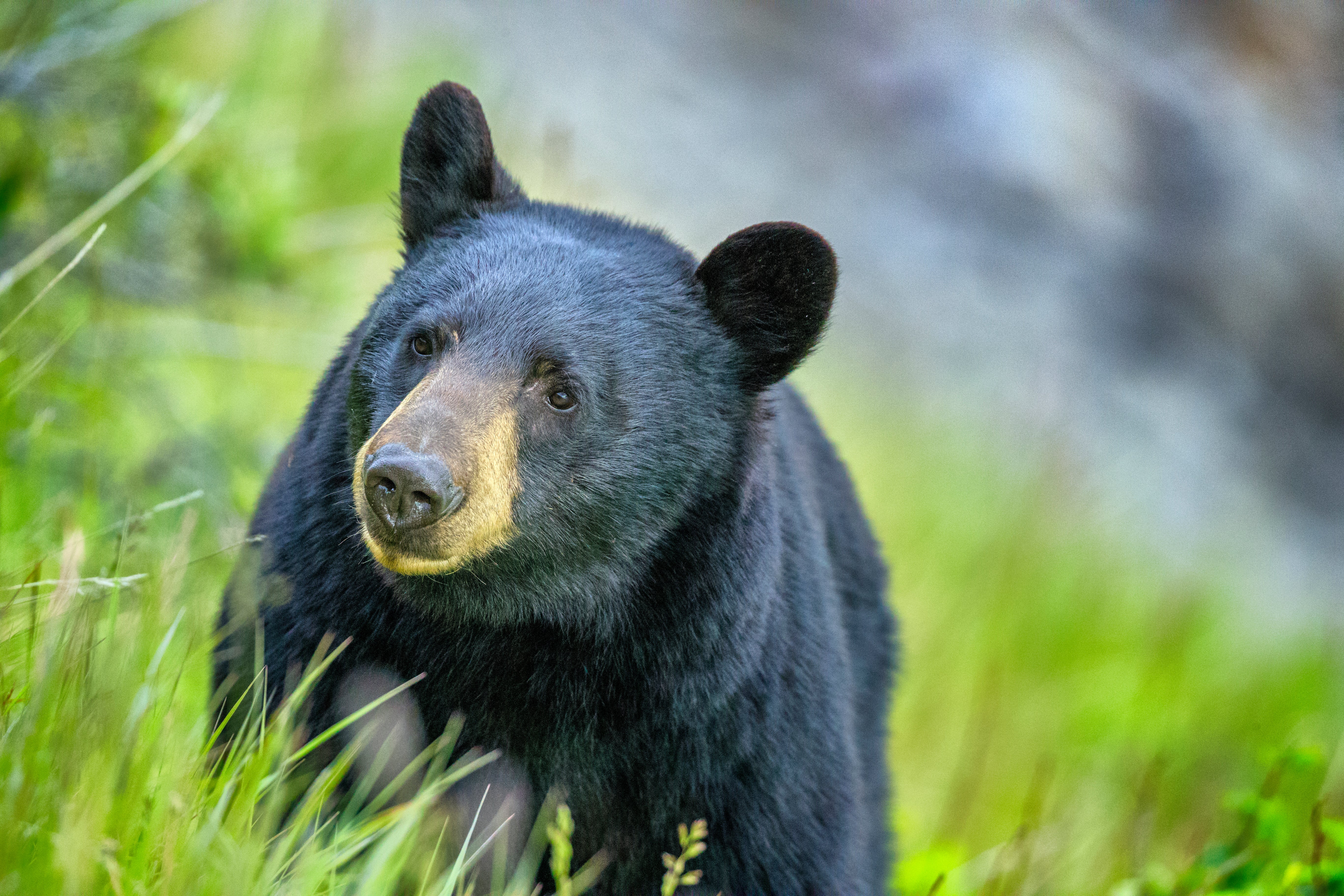Bears, insects and rattlesnakes invading populated parts of California because of drought
‘Drought often drives pests into homes or other structures in search of these resources to survive,’ says scientist about conditions in California

Your support helps us to tell the story
From reproductive rights to climate change to Big Tech, The Independent is on the ground when the story is developing. Whether it's investigating the financials of Elon Musk's pro-Trump PAC or producing our latest documentary, 'The A Word', which shines a light on the American women fighting for reproductive rights, we know how important it is to parse out the facts from the messaging.
At such a critical moment in US history, we need reporters on the ground. Your donation allows us to keep sending journalists to speak to both sides of the story.
The Independent is trusted by Americans across the entire political spectrum. And unlike many other quality news outlets, we choose not to lock Americans out of our reporting and analysis with paywalls. We believe quality journalism should be available to everyone, paid for by those who can afford it.
Your support makes all the difference.A lack of rain throughout California and other neighbouring states has meant an increase in reports of bears, snakes and other creatures in urban settings.
They are venturing into human-dominated areas looking for water, after their usual locations have dried up due to droughts brought on by the climate crisis. The Pacific Northwest this week experienced scorching record-setting heat.
This not only poses problems such as the destruction of natural habitats leading to the possible wipeout of species, or the danger posed by large animals like bears, but scientists have also warned of the threat of potential new viruses from the issue.
Steve Searles of the California Department of Fish and Wildlife said people shouldn’t fear for their safety from bears. "They’re highly adaptable and your front lawn is just a salad for them," he said to ABC 7 News.
Rebecca Barboza, a fellow biologist at CDFW, explained to the same news outlet why a bear might want to come to an area filled with humans.
"In the urban areas, we have 24/7 access to food, water and shelter, and if you think about it in the wild, a bear might give birth to one or two cubs and those cubs may not survive until adulthood because their resources are limited," she said.
In regards to snakes, animal control professionals have noticed increased sightings.
Lee Ramirez, the owner of Ramirez Rattlesnake Removal, told The Guardian, “I am busier than I have ever been. Complaints are coming in from all over the state.”
“Rattlesnakes are becoming more common in the places where we live, work and play,” he added. He said one call tasked him with catching more than 60 snakes.
Birds and insects have also been sighted coming further afield, with experts also citing poor water provisions in the wild due to drought.
“Because there’s limited water in the environment and everything is dry, the birds go looking for water and refuge,” Cameron Webb, an entomologist and tasked with investigating mosquitos carrying diseases for the CDC, told The Guardian. “You get this combination of factors that means not only are conditions suitable for mosquitoes, but also the birds that carry the virus are more likely to be in higher concentration closer to where people live.”
He said that mosquitos succeed in dry areas because the water becomes stagnant, and easier to breed on, saying, “fish and other other animals that live in system die and mosquitoes have free rein.”
The effect is has on other insects is similar to the ones it has on bears. They are more likely to come in or near your home to see if they have the provisions they need to survive, according to Mike Bentley, a scientist with the National Pest Management Association.
“Drought often drives pests into homes or other structures in search of these resources to survive,” he explained to The Guardian.
Other problems caused by droughts on the West Coast of the US include forest fires. 2019 was marked by a significant amount of forest fires, 6,872 according to the Center for Disaster Philanthropy. These ripped through 252,321 acres of land. Alongside the human cost, such as deaths and property damage, they this also destroys the habits of various species of wildlife.
Join our commenting forum
Join thought-provoking conversations, follow other Independent readers and see their replies
Comments